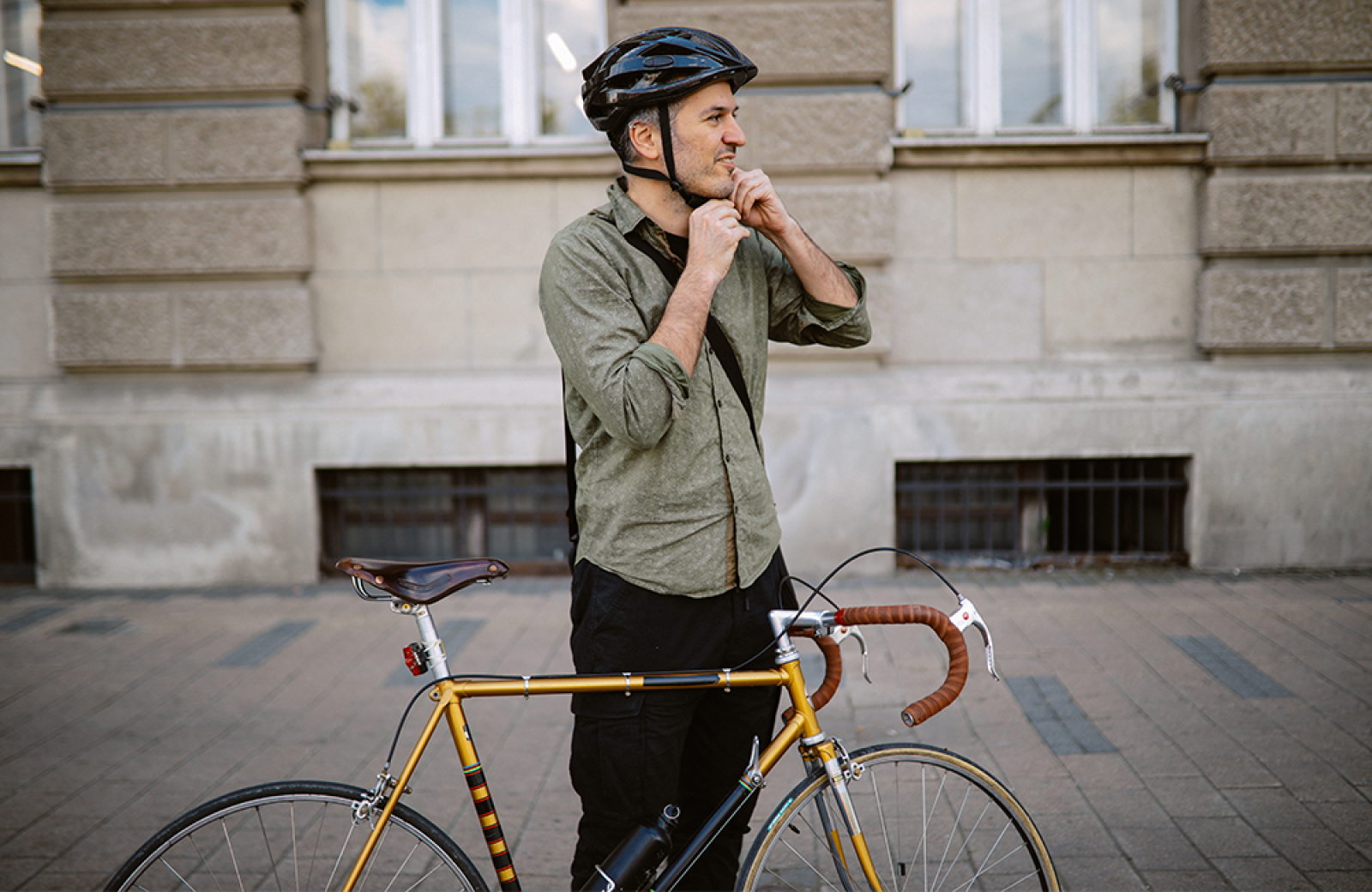Back on the saddle: Can we return to pandemic levels of cycling?

This month is Cycle September, a biking challenge to encourage current cyclists to get out and log some miles, and for new cyclists to give it a go. Initiatives like this can be important in raising awareness, alongside the work of our members in encouraging behaviour change and providing safe infrastructure for people to cycle.
The recent statistics published by the Department for Transport show that it is needed more than ever. Cycling thrived throughout 2020 and 2021, with people working from home and looking to avoid crowded spaces. However, the challenge was always going to be sustaining this as life returned to a degree of ‘normality’ again. Unfortunately, the latest stats show that we have lost all this growth, with cycling trip stages returning to the same level as 2019.
In some ways, this is not surprising. Whilst local authorities have continued their good work in building infrastructure, wholesale change to networks to match the pandemic growth has largely been missing in the last three years. Cycling is also suffering from a fall in political support as the car has again climbed the political agenda ahead of a General Election next year.
What’s really disappointing is that we have failed to capitalise on this increase in what is one of the most convenient and cheapest forms of sustainable travel - especially at a time of growing concerns around the climate and cost of living. This is a real nail in the coffin for the once popular ‘build back better’ mantra.
Aside from awareness raising, September is also an important month for cycling (and walking) because educational settings are returning and new cohorts are starting at schools, colleges and universities. These times of change are always vital in setting future travel habits, as how we travel in the first few weeks or months of starting at school (or commuting to a new job), tends to be the mode that sticks.
However, whilst walking does relatively well with its share of school transport (49% of primary school children and 37% of secondary school children), cycling levels remain low, with only 2% of primary school children cycling to school and 4% of secondary school children.
I see this at my local primary school where scooters are the wheels of choice for children (which, I should add, is welcome, given they are an active and sustainable travel choice). The school provides secure and covered cycle parking, yet there are never more than two or three bikes in there alongside the 20 to 30 scooters.
But it’s not all doom and gloom as there are examples of growth out there. Greater Manchester is reporting that cycling levels are still 9% up on pre-pandemic levels (a testament to the infrastructure that they have put in as part of the Bee Network), and at the end of 2022, Transport for London reported that cycling levels were 40% up on those seen in 2019. This is down to their local commitment to increasing cycling levels and the world class infrastructure being implemented to support this.
These examples show that there is still a case for the “build it and they will come” argument. But we need strong local and political leadership, alongside long-term sustainable funding, if we are going to achieve a positive change in travel habits and not squander - for good - the gains we made on cycling during the pandemic.
Tom Ellerton is Technical Manager at the Urban Transport Group

